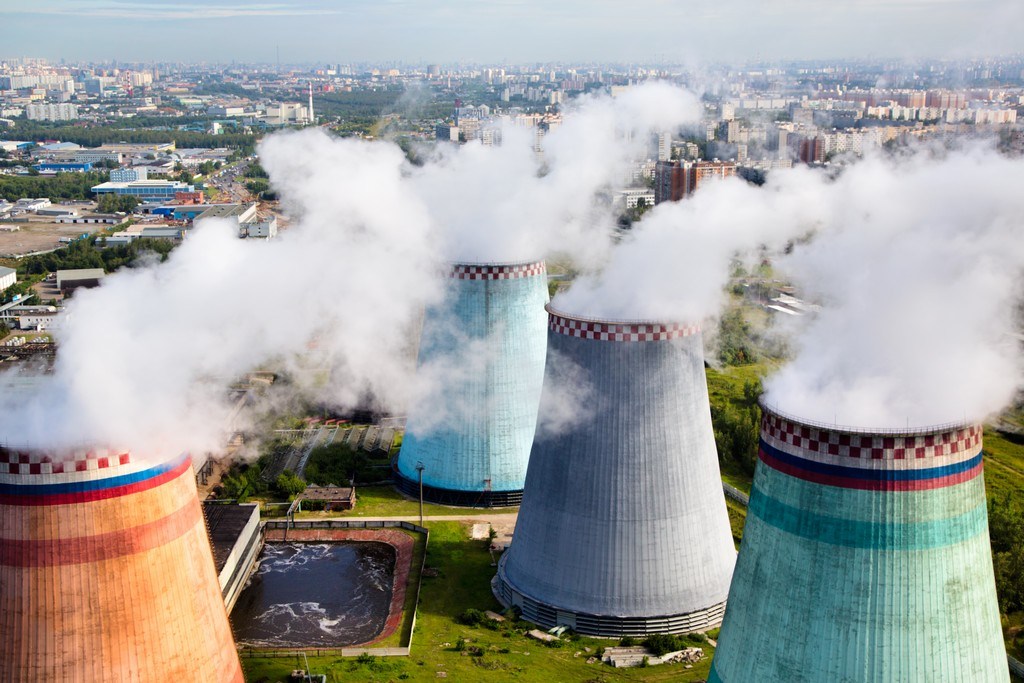Debunking myths on nuclear energy
- December 30, 2016
- 0

Looking at its comparison with fossil fuel plants, nuclear does look good in terms of carbon emissions. Nuclear power is seen as a viable option for a low carbon future along with renewable energy.
However, mining and refining of uranium ore as reactor fuel require a huge amount of fossil energy. Also, radioactive waste produced by nuclear power is also a big huge concern.
In a report by the Nuclear Energy Institute (NEI) in 2009, construction costs of nuclear power plants are estimated at $6 billion to $10 billion for a large reactor. Production costs averaged 2.03 cents per kilowatt hour.
However, Greenpeace International said that no one truly knows the cost of a reactor and the answer will always be ‘I’ll tell you when it’s finished.’
External costs like storage of radioactive waste are not included in the total cost, giving the misunderstanding that nuclear energy is much cheaper.
It has been said that the risks associated with nuclear power are relatively small compared with its benefits. But, an uncontrolled nuclear reaction may lead to radioactive contamination of air and water hundreds of kilometers around the reactor.
When a nuclear reactor goes wrong, there would be a huge environmental impact. Like the Chernobyl Nuclear Power Plant disaster in 1986 that led to the 30-kilometer “exclusion zone” that is not habitable for a century or more.
Many from the industry say that nuclear waste can be recycled and can be put into another reactor has fuel. Environmentalists said that this process is too costly, dangerous and have technical hurdles.
The Global Nuclear Energy Partnership debunked it saying that waste could be cut drastically and generate power at the same time. Usable leftovers can fuel an advanced recycling reactor that will generate electricity, while non – usable waste will be transported to a geological repository.